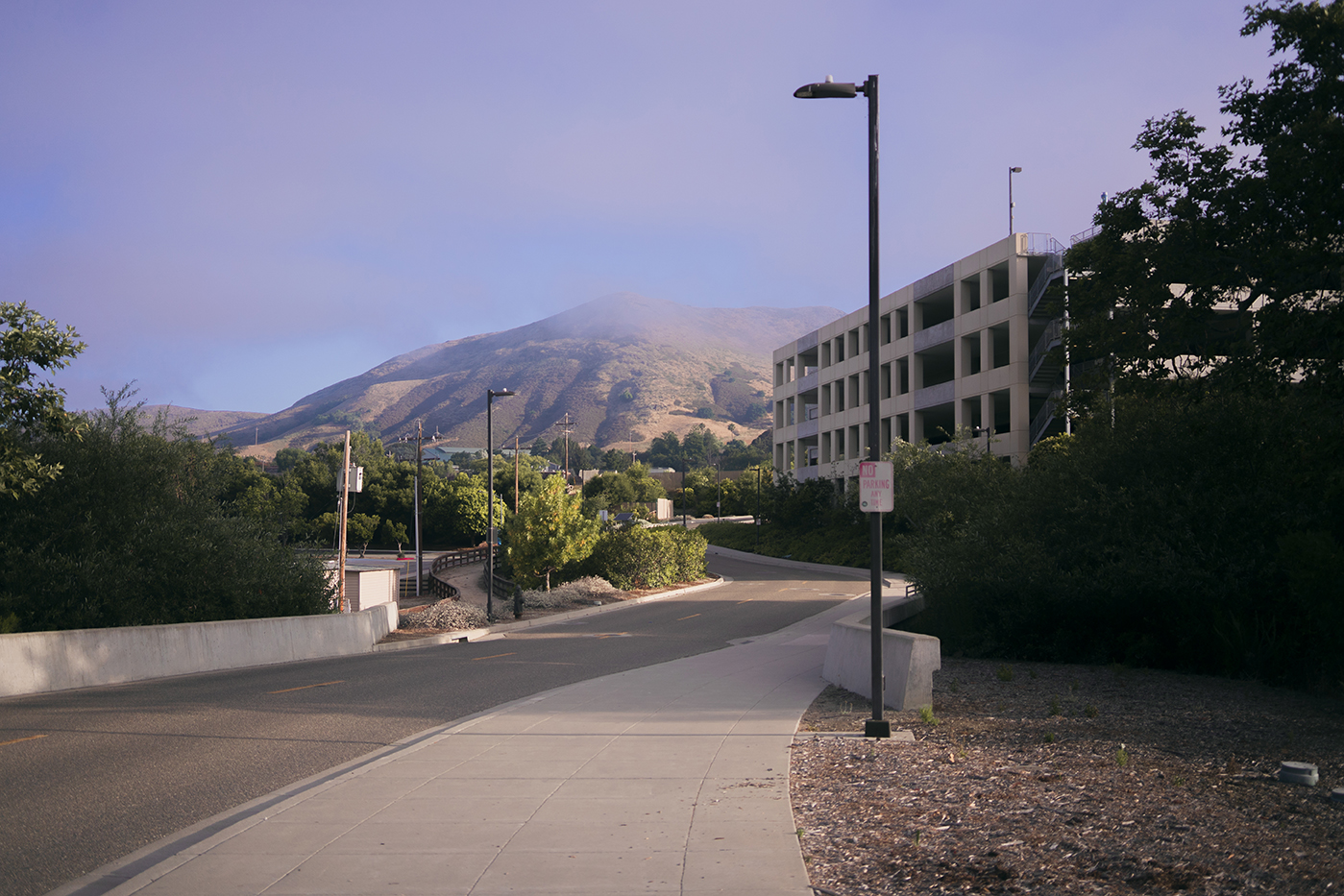You no longer need to display a plastic placard on your mirror to park on campus.
Cal Poly is implementing permitless parking this year through new license plate recognition technology. Transportation and Parking Services announced the move to permitless parking in Spring 2019 and was activated at the start of this quarter.
The reason for the switch to permitless parking is to simplify and streamline the process of purchasing a parking permit on campus, university spokesperson Matt Lazier wrote in an email to Mustang News. The new system eliminates concerns about lost or stolen physical permits. There is also no longer shipping time to deliver the permits to customers.
“Customers did not have to wait for the permits to be mailed or wait in line to purchase,” Lazier wrote. “At 8 a.m. on the first day of classes, there were no lines at the Public Safety Reception Center for the first time.”
Going permitless has had a great impact on the environment as well, according to Lazier. Each plastic permit weighs about one ounce. With 30,000 plastic hang tags now avoided, 1,875 pounds of plastic have been saved. The carbon footprint from manufacturing the tags has been reduced as well.
How it works
Instead of parking enforcement officers visually checking plastic permits, cameras are now mounted on their vehicles. When driving around parking lots, the cameras scan each plate and check if the license has a parking permit registered to it, according to Transportation Parking Services.
If there is not a parking permit assigned to the vehicle after the cameras read the plate, the enforcement officer will still write a citation and place it on the vehicle’s window.
If you get a new car, the license plate code can be updated on the parking portal where permits are purchased for free.
Cal Poly is working to expand technology to fully benefit those utilizing the software on campus.
Lazier also wrote that Transportation and Parking Services will be releasing a large marketing campaign later this quarter to help move the remaining faculty and staff to virtual permits as soon as possible.
Lazier added that the university will begin to explore technology showing parking availability this academic year.

